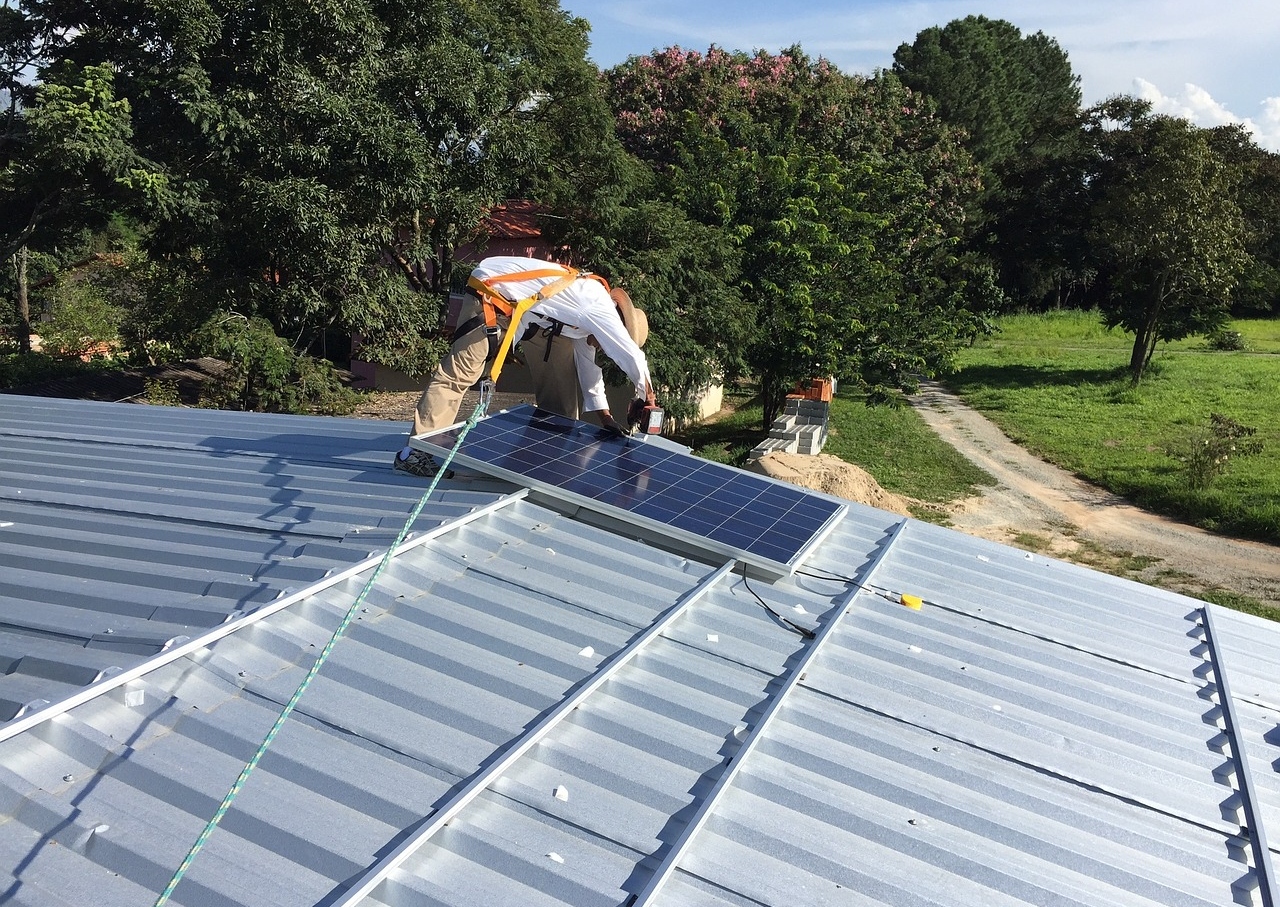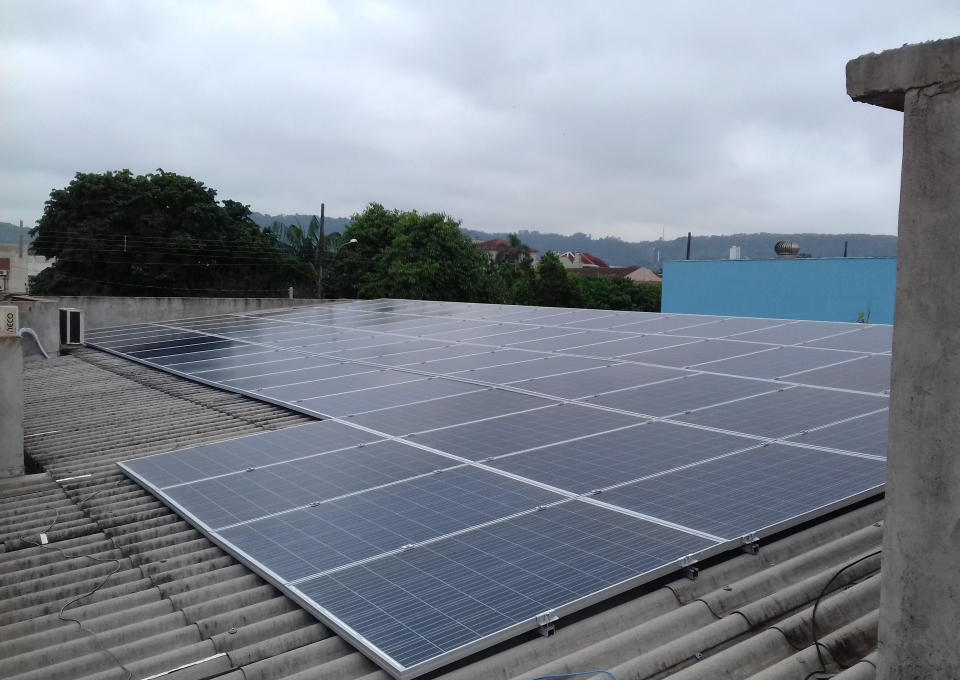Enhancing Team Collaboration for Improved Outcomes
Integrate a rewards system that incentivizes collaboration among team members. By establishing nodes for shared projects, you create a network where everyone contributes effectively. Utilizing smart contracts can streamline processes, merging individual efforts into a cohesive strategy that yields greater results.
Establish clear governance protocols. Assign roles and delegate responsibilities to avoid confusion and enhance accountability. Incorporating audits of progress allows the team to withdraw unnecessary hurdles, ultimately refining workflow. Track team engagement through metrics like Total Value Locked (TVL) to ensure everyone is participating.
Consider implementing a vault system for resources, where team members deposit ideas or solutions, fostering a culture of innovation. Regular network upgrades and performance reviews provide valuable insights and highlight areas for improvement. Don’t overlook the benefits of optimizing your gas usage during collaborative tasks to maintain productivity.
Finally, keep the lines of communication open, leveraging tools that allow for real-time updates. This holistic approach not only boosts morale but also drives success, increasing your team’s APR in achieving collective goals. Embrace this strategy for a thriving team dynamic that consistently delivers exceptional results.
Setting Clear Goals and Expectations for Team Members
Establish specific targets for project completion, such as liquidity milestones or deadlines for withdrawing funds. Clearly outline the expectations regarding APR and gas fees related to transactions. Communicate the total value locked (TVL) and emphasize the importance of adhering to project guidelines.
In a decentralized environment, ensure that team members understand their roles in maintaining contracts, running nodes, and using bridges effectively. Set benchmarks for task completion, like achieving specific rewards or validating information through oracles. Regular check-ins can help track progress towards these goals.
Clarify the connection between governance and individual responsibilities, particularly in relation to voting on proposals and managing vaults. Encourage collaboration by establishing a multisig approach for critical decisions, enhancing security across the network. Use tools that provide a clear interface for tracking tasks and milestones, minimizing ambiguity.
Encourage delegation of tasks based on team members’ strengths, ensuring everyone contributes to yield generation. Keeping an open line of communication helps address any potential penalties for missed deadlines while fostering a supportive environment that drives team success.
For further insights into effective team collaboration and management strategies, visit www.lido-finance.us.
Utilizing Collaborative Tools to Enhance Communication
Adopt tools that streamline communication and enhance team collaboration. Choose platforms with intuitive interfaces that allow for real-time updates and feedback.
- Utilize Project Management Tools: Leverage project management software like Asana or Trello to organize tasks and track progress. This ensures every team member is aligned on project milestones and deadlines.
- Integrate Communication Platforms: Use tools like Slack or Microsoft Teams for instant messaging. Create dedicated channels for specific projects or topics to keep discussions organized and accessible.
- Implement Document Sharing Services: Utilize Google Drive or Dropbox for seamless document sharing. This allows team members to access and edit files simultaneously, boosting collaboration.
- Incorporate Video Conferencing: Schedule regular video calls using Zoom or Google Meet to facilitate face-to-face interactions. This enhances relationships and encourages open dialogue.
Ensure all team members are onboard with the tools selected. Conduct a brief training session or provide resources to familiarize everyone with features and best practices. This will eliminate confusion and promote effective use.
Establish clear communication protocols to enhance security and accountability. Set expectations for response times and maintain regular check-ins to discuss progress and address any issues. Use multisig contracts for sensitive discussions to safeguard valuable insights.
- Allocate Roles Clearly: Define individual responsibilities to prevent overlaps and ensure all tasks are covered.
- Monitor Progress: Regular audits of ongoing tasks and communication threads can identify issues early and help in yielding better results.
- Collect Feedback: After project completion, gather feedback about the tools and processes used to find what worked best. This can affect future collaboration strategies positively.
Enhancing communication using collaborative tools lays the groundwork for higher productivity and team cohesion. By merging the right technologies and practices, your team will bridge gaps and efficiently achieve goals. Adjustments based on team feedback will also yield continued improvements in collaboration efforts.
Implementing Regular Feedback Mechanisms for Continuous Improvement
Establish a structured feedback process to enhance team collaboration. Integrate regular check-ins, utilizing asynchronous tools that allow each team member to contribute without pressure. Create nodes in your workflow where feedback can flow freely, ensuring that everyone has a voice. This decentralized approach helps in gathering a more comprehensive overview of team dynamics.
Incorporate a transparent governance model that outlines how feedback will be collected, analyzed, and acted upon. Use a dedicated interface for team members to submit suggestions and concerns. This increases liquidity in communication, enabling ideas to circulate easily throughout the team.
Offer rewards for team members who provide constructive feedback. Implement a vault of ideas where all suggestions are stored and evaluated periodically. Recognizing contributors reinforces positive behavior and motivates continuous engagement.
Use metrics such as Total Value Locked (TVL) to assess the effectiveness of implemented changes. Consider an audit of your processes to identify areas for improvement. This ensures security and builds trust within the team, allowing for a more cohesive unit.
Deploy oracles to gather external data that can enhance decision-making. Coupling this with team feedback can help identify contrasting views and highlight areas needing attention. During network upgrades, prompt discussions based on previous feedback can lead to more aligned goals.
Encourage teams to withdraw from rigid structures that limit creativity. Apply layer2 methodologies to test out new ideas without the gas fees associated with more traditional methods. If a suggestion fails, assess it against established penalties and rewards, ensuring a learning atmosphere rather than one focused on blame.
Delegate responsibilities for feedback management to specific team members, creating champions who will drive continuous improvement initiatives. By fostering an open environment where ideas can bridge gaps in teamwork, organizations can cultivate a culture that thrives on ongoing development.
In summary, integrating regular feedback mechanisms enhances accountability and drives collaboration, ensuring that teams are aligned and focused on shared objectives.
Encouraging Social Interactions to Strengthen Relationships
Implement regular social events, such as team lunches or virtual meetups, to enhance connections among team members. These interactions promote a sense of belonging, crucial for collaboration. Utilize a streamlined interface for scheduling, allowing easy access to shared calendars and preferred times.
Establish communication channels for informal discussions. A dedicated chat group can facilitate casual conversations, where team members discuss ideas without the pressure of formal meetings. This platform can serve as a bridge for creativity, leading to innovative solutions and shared governance on projects.
Incorporate team-building activities focused on problem-solving scenarios related to your work. For instance, simulate a network upgrade challenge that requires collective thinking. This not only sharpens skills but fosters trust and strengthens relationships by encouraging members to delegate tasks and discuss strategies openly.
Encourage participation in audits of ongoing projects. When team members engage in reviewing outcomes together, they build a sense of accountability and ownership. This action reinforces the commitment to quality and security while contributing to a culture of transparency.
To incentivize collaboration, introduce a rewards system. Team members can earn ‘tokens’ for active participation, which can later be used for team outings or donations to community initiatives. This idea can increase liquidity in team dynamics, creating an environment where every contribution is appreciated.
Consider organizing skill-sharing sessions where team members can teach each other about specialized topics, such as Layer2 solutions or burn mechanisms related to liquidity pools. This practice not only enhances individual expertise but also solidifies relationships through shared knowledge.
Furthermore, regularly assess the effectiveness of these initiatives through feedback surveys. Understanding team dynamics and making necessary adjustments will keep the atmosphere engaging and supportive. Create a vault of shared experiences where insights are documented, establishing a recurring source of inspiration and guidance for everyone.
Developing Conflict Resolution Strategies within Teams
Establish clear governance structures that define roles and responsibilities. This clarity helps team members understand who to delegate tasks and whom to approach in case of conflicts, serving as a bridge to effective communication. Utilize regular audits to assess team dynamics and identify potential friction points before they evolve into larger issues.
Implement a multisig approach for decision-making, where multiple approvals are needed to take significant actions. This fosters accountability and encourages collaboration. Encourage team members to express differing opinions openly by creating a safe environment, where each voice is valued, promoting transparency across the network.
Adopt a conflict resolution framework that includes steps like active listening, acknowledging feelings, and collectively exploring solutions. Use an oracle-like interface to gather data supporting each side’s perspective, enabling informed discussions. Encourage the team to withdraw from heated situations temporarily to reset emotions and regain focus.
Measure the team’s ability to resolve conflicts successfully by tracking the time taken to reach a consensus and the overall morale following disputes. Set clear rewards for effective conflict resolution, incentivizing positive interactions and cooperation. Aim for high TVL (Total Value Locked) in team cohesion instead of individual credit.
Encourage a culture of collaboration with regular network upgrades focused on interpersonal skills. Provide training sessions equipped with gas-efficient methods for resolving conflicts. Make use of APR (Annual Percentage Rate) models to illustrate the long-term benefits of resolving conflicts swiftly, maximizing team liquidity and productivity.
Lastly, integrate feedback mechanisms where team members can share their thoughts on conflict resolution processes. Continuous improvement will yield better outcomes and create a more harmonious and decentralized working environment.
Measuring Collaboration Outcomes to Drive Future Success
Regularly assess the performance of collaboration efforts by tracking key metrics such as total value locked (TVL) in vaults or liquidity pools. A rise in TVL signals effective collaboration within the decentralized community. Utilize oracles to gather accurate data that aids in decision-making.
Implement governance frameworks to ensure every member can delegate tasks efficiently. This delegation reduces bottlenecks and allows for more agile responses to project needs. Consider adopting a multisig wallet to enhance security while facilitating quick approvals for shared resources.
Examine node performance during collaboration events and measure the interface interaction rates. An upgrade in the network often correlates with increased user satisfaction and gas efficiency, contributing to smoother interactions.
Introduce a penalty system for unmet deadlines or unfulfilled roles. This encourages accountability and ensures that team members maintain focus on collective goals, minimizing withdrawals from critical project tasks.
Establish a merger approach for overlapping projects that can benefit from shared resources and knowledge. This collaboration enhances outcomes and strengthens community ties.
Evaluate the results of collaboration by analyzing yield generated through shared initiatives. A growing yield is a positive indicator of effective teamwork and communication among participants.
Consider bridging gaps between different teams and functionalities to enhance collaborative synergy. A decentralized network thrives on strong connections and shared objectives, fostering a productive environment.
Ultimately, continuous measurement of collaboration outcomes fuels a cycle of improvement, enabling teams to adapt and refine their strategies for future success.
Question-answer:
What are some practical strategies for enhancing team collaboration?
To enhance team collaboration, organizations can adopt several practical strategies. First, establishing clear communication channels is fundamental; tools like Slack or Microsoft Teams can facilitate ongoing dialogue. Second, encouraging regular team meetings fosters accountability and allows team members to share updates. Third, implementing collaborative project management software, like Asana or Trello, can help streamline tasks and improve visibility. Additionally, promoting team-building activities can strengthen relationships and create a more cohesive work environment. Finally, providing opportunities for professional development can empower team members with new skills that enhance collaboration.
How do team dynamics influence project outcomes?
Team dynamics significantly influence project outcomes, as the interactions and relationships within a team can affect productivity and morale. Positive dynamics, characterized by trust and open communication, often lead to higher engagement and creativity, resulting in better problem-solving and more innovative solutions. Conversely, negative dynamics can lead to conflict, misunderstandings, and reduced motivation, which may hinder progress. Addressing issues in team dynamics through conflict resolution strategies and promoting a culture of respect and open feedback can greatly enhance the quality of outcomes.
What role does technology play in improving team collaboration?
Technology plays a crucial role in improving team collaboration by facilitating communication, coordination, and information sharing. Tools like video conferencing platforms enable remote teams to connect face-to-face, while collaborative document editing services allow team members to work together in real-time on projects. Furthermore, project management tools help track progress and deadlines, ensuring everyone is aligned and accountable. Additionally, leveraging data analytics can provide insights into collaboration patterns, allowing teams to optimize their workflows and enhance overall productivity.
How can managers support better collaboration within their teams?
Managers can support better collaboration by creating an inclusive environment where all team members feel valued and heard. This can be achieved through active listening, encouraging feedback, and recognizing individual contributions. Setting clear expectations for collaboration and providing the necessary resources, such as training on collaborative tools, is also vital. Furthermore, managers should model collaborative behavior themselves, demonstrating how to work together effectively. Lastly, allowing flexibility in work arrangements can enhance collaboration by accommodating team members’ diverse working styles.
What are some common challenges to team collaboration, and how can they be addressed?
Common challenges to team collaboration include communication barriers, conflicting priorities, and varying work styles. To address communication barriers, teams can establish regular check-ins and utilize collaborative technology to keep everyone informed. Conflicting priorities can be managed by aligning team goals and ensuring that everyone understands their roles within those goals. When work styles differ, promoting a culture of respect and understanding can help team members appreciate each other’s strengths. Regular team-building exercises can also enhance interpersonal relationships, making collaboration easier and more effective.
How can team collaboration lead to improved results in a workplace?
Team collaboration enhances results by allowing diverse perspectives to converge, which can lead to innovative solutions. When team members feel comfortable sharing ideas and feedback, it often results in better decision-making. Collaboration also promotes a sense of shared responsibility and accountability, ensuring that everyone is aligned with the team’s goals. Moreover, effective communication reduces misunderstandings and errors, further streamlining the workflow and leading to higher quality outcomes.







